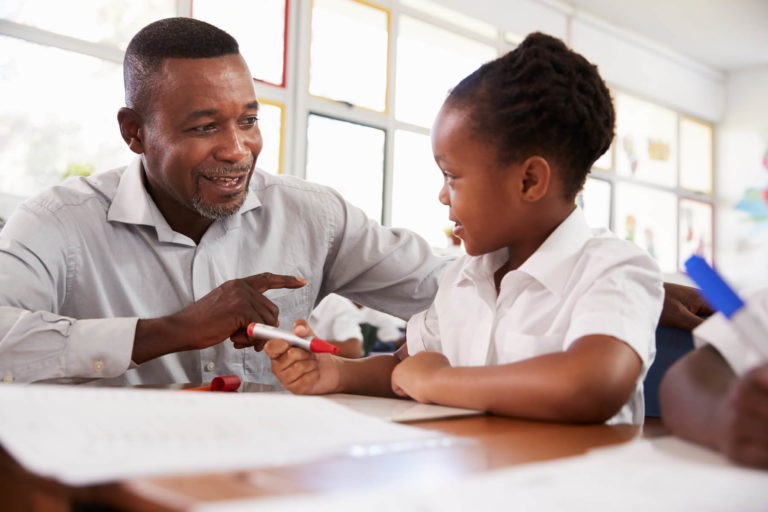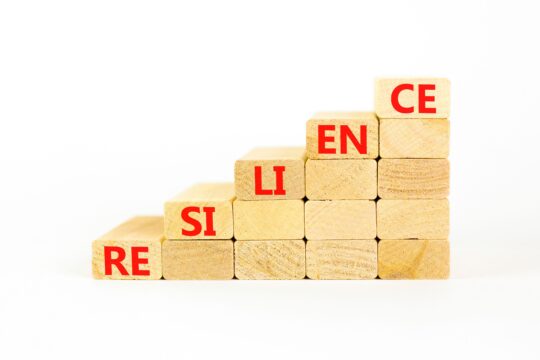“The essential thing is not knowledge, but character,” said Joseph Le Conte. The significance of the impact educators have on shaping the impressionable young minds of students is more than the most detailed lesson plans or the prescription of a curriculum map. The teachable moments an educator injects into the moral fiber of students are the lessons that become a ripple that impacts others for a lifetime.
Yet, in a society that values standardized test scores over character education, quickly eliminating the social interactions that build integrity for hours spent with artificial intelligence is creating a culture that idolizes a filtered social media post over giving an undocumented hand to those in need. The power of our actions and investment into the moral and ethical education of students will pay dividends because you create more than knowledge; you arm students with the power of goodness and kindness, which far supersede any other score.
Why Does Teaching Morality Matter?
Turn on the evening news and the reason for incorporating character education reaches out and grabs us like a bad dream. The daily dose of reported violence, apathy, offense, and divisiveness has desensitized us to the deterioration of moral character. Teaching morality matters because treating your neighbor as yourself has become a less and less frequent practice. We need a little less TikTok and a little more Mr. Rogers. Schools have the platform to instill what has been missing in our curriculum for so long, but how do we do it?
How to Connect Morality to Academics
Like so many best practices that have been ingrained into educators, morality does not have to be taught in isolation but can be partnered with content to make learning experiences impactful in more ways than one.
Be a Role Model
Teachers are heroes in the eyes of their students. What makes you stand out even more is to practice what you preach. Just like a great teacher models thinking strategies, demonstrating for students how to show moral character is just as important.
On several occasions, I have seen a teacher apologize for a wrongdoing towards a child. Saying “I’m sorry,” can be difficult, especially when it is never seen at home. The freedom that comes with recognizing we made a mistake, owning it, and asking for forgiveness is a priceless gift we can share with our students.
Teachers are role models every day when they show compassion, sharing, choosing kind words when it would be easier to shout, and advocating for the marginalized populations. Never underestimate the difference you can make when you leave your signature upon a student’s mindset.
Connect to Your Content
The autonomy in teaching manifests itself oftentimes in the details. Choosing examples or opportunities for your students to intertwine content with principled foundations proves impactful for students.
At my school, Washington County Elementary School, we ask teachers to involve students in a passion project. Students were learning about animals in a kindergarten/first grade split classroom and, as a result, the students chose to adopt an animal clinic. The students brought in pet food and supplies and donated them. In turn, they learned about life cycles of animals that visit the clinic. They wrote cards to the vets, thanking them for their service. They added together the supplies and the cost of the supplies to incorporate math skills. The teacher chose guided reading books and interactive read-aloud texts that focused on animal life cycles.
The experience was rich for students and their enthusiasm for the work they were doing shown through their pride in their work. All students were engaged and wanted to explain to me all about the project they were doing, and I was always beaming when they used such sophisticated vocabulary to paint a vivid picture for me, one I never get about a worksheet!
Encourage Positive Behaviors
Providing reinforcement of positive behaviors, opposed to positively reinforcing negative behaviors, keeps your classroom in a state of growth. Pouring all of your energy into the negative leaves educators drained with no real results. Rather than focusing on what is not going well, praise the positive. When students make a mistake, do not ignore it; instead, allow them to grow through it. This makes your classroom a safe place, and students will have the innate desire to please.
Building Grit
One of the golden opportunities teachers often allow to pass by is when a student makes a mistake and we do not take the time to reflect upon how the mistake was an open door for learning. As a result, we have a generation of students who are terrified to be anything less than perfect. In the hallways, PLCs, faculty meetings, and parent-teacher conferences, I constantly hear how kids are not motivated, but in return, what I want to say is we have not taught nor expected grit from students today. It is significant to teach students to press through difficult tasks. When a student does not meet the expectation, whether it be behavioral or academic, take the time to allow students to correct mistakes.
How Does Character Education Impact Students?
Teachers are needed in today’s society, more than ever, to have a profound impression upon the students they teach. Education is not the same field it was in previous decades; yet we are focusing on all the wrong things.
When we focus more on a score than the heart, we are losing generation after generation. If it takes a village, then we have to step up and be the warrior for morality. Investing in character education improves attendance. When students know they are valued by not only their teachers but their peers as well, they want to be at school. Respect towards others, honesty, compassion for others, and teamwork are all character traits that do not magically appear when we teach how to take a test. Be more intentional about heart work than homework and your career will be worth more than a paycheck.




